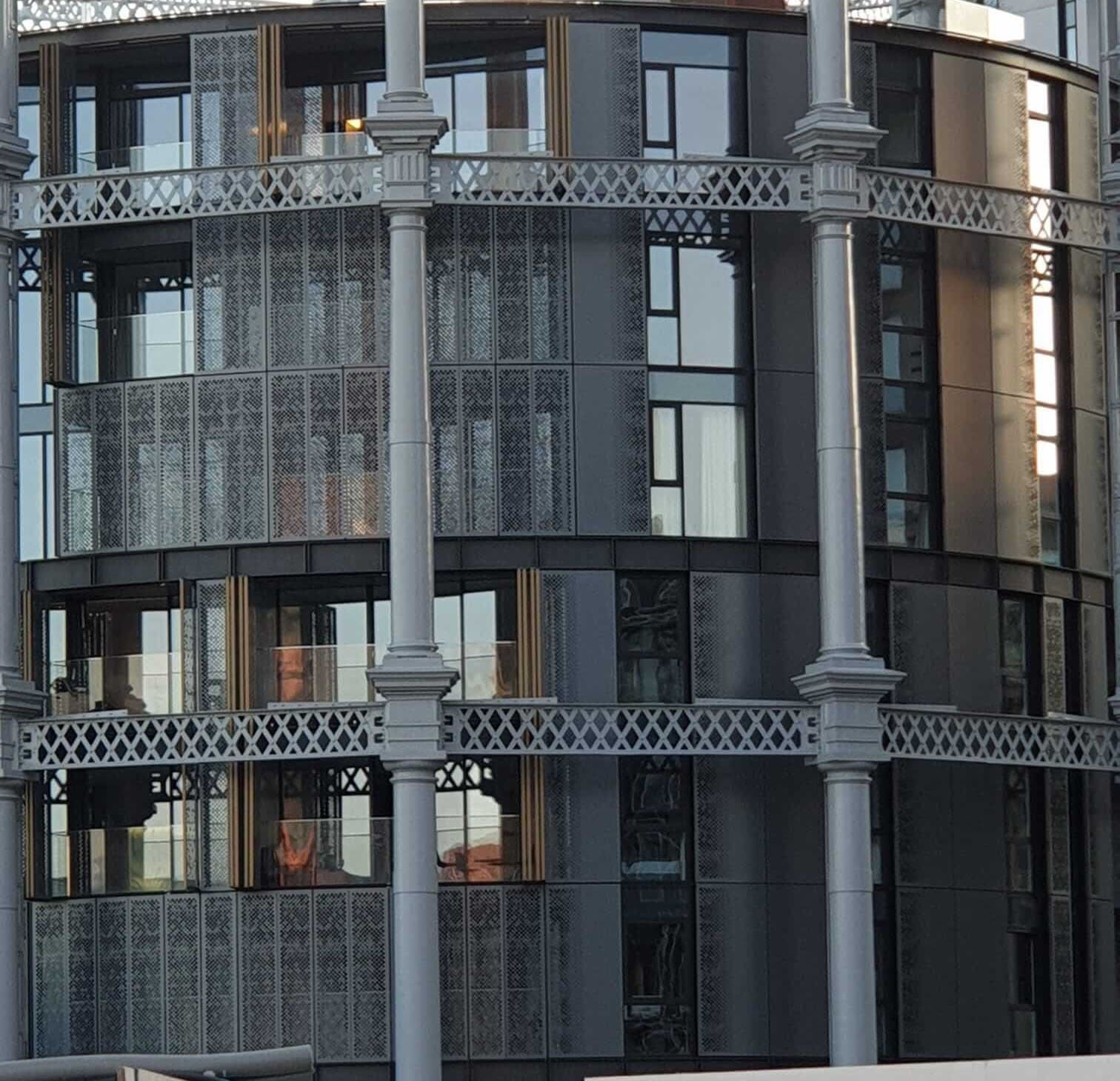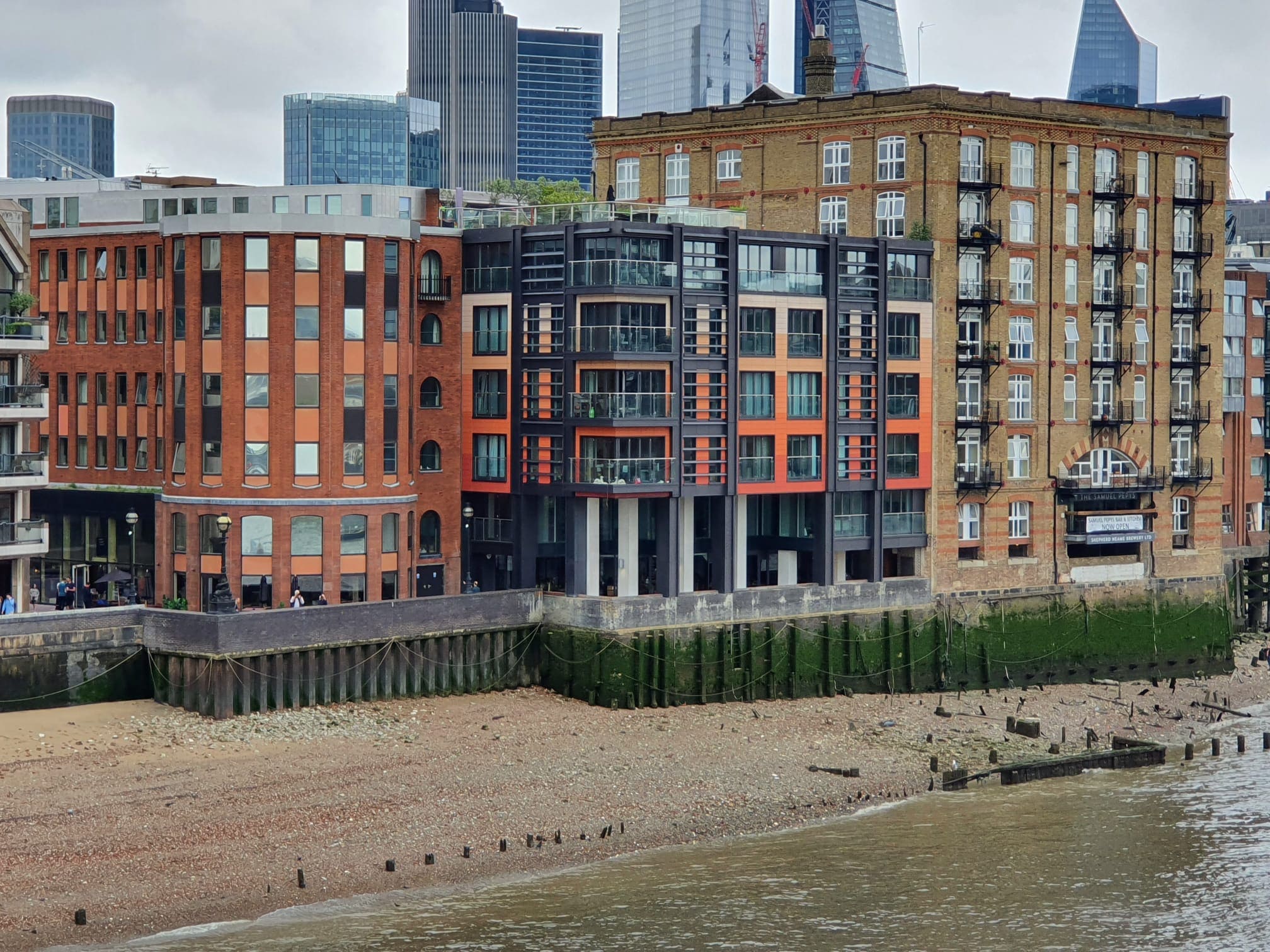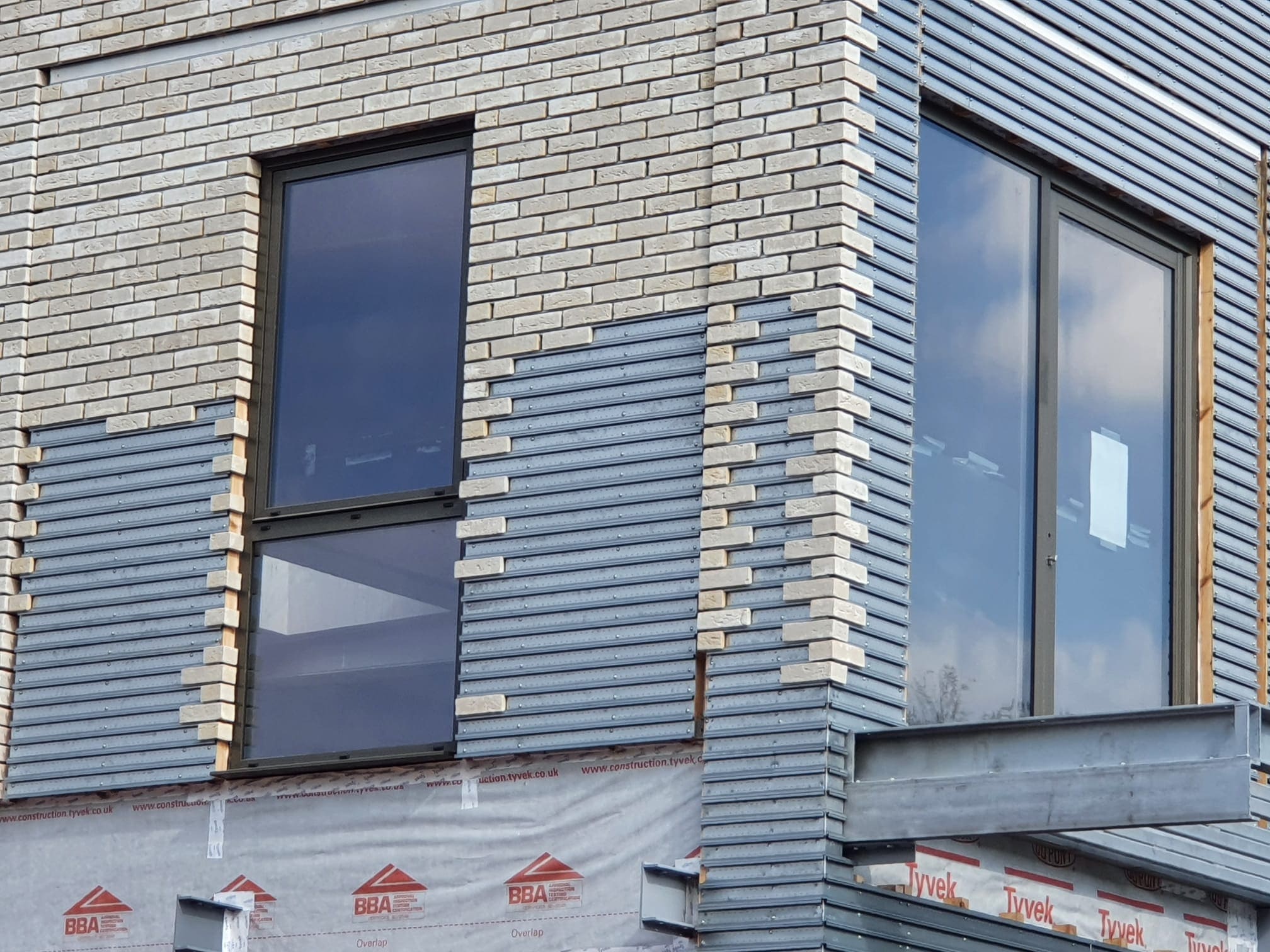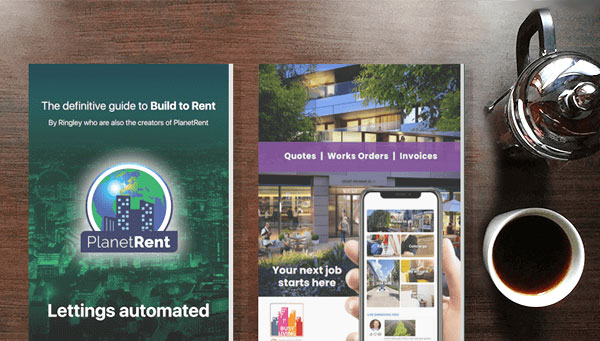25/07/2012
by: Mary-Anne Bowring

Freedom from the freeholder
Clubbing together to buy the freehold for the flats in your block can be a good move, but there are many hoops to jump through, writes Jeremy Davies. Flat owners can group together to buy the freehold in their block, but it can involve a considerable amount of work. Ground rent, service charges and sinking fund obligations can become the bane of your life once you have bought a leasehold flat. They quickly add up to a big financial burden, but it still feels like your building is heading for rack and ruin. The government introduced legislation in 1993 to allow leaseholders to club together and buy the freehold to their property, a process known as enfranchisement. The conditions are that the building has at least two flats in it; the original lease was for more than 21 years; at least two-thirds of the flats are let to qualifying leaseholders; and no more than 25% of the floor space is for non-residential purposes.
To set about buying the freehold, you need at least half the flat owners in your building to participate. Before you get the professionals involved, you should negotiate a formal participation agreement amongst yourselves, to govern how you will operate as a group before and during the buying process. This can be particularly important in large blocks, where delays in decision making or disagreements over how much each leaseholder should pay towards the costs of pursuing the application to buy, for example can endanger the whole venture. You must also appoint a nominee purchaser to be responsible for the management of the building once you own the freehold.
This could be one of the leaseholders, an outside agency or, more likely, a company formed by the leaseholders for the purpose. Everyone will need to invest in a fighting fund to pay for the costs of the purchase. There is no such thing as a finite, fixed price for a freehold; there are a range of variables against which the price of the freehold will be set. They include the number of years left on the leases, the values of the flats, their assumed future value and the value of ground rents. Prices vary hugely, from the low thousands through to six figures.
To establish the freehold value, you must appoint a valuer, normally a chartered surveyor, who will advise on the amount of the offer to be made in the initial notice, which must be issued to the landlord as the first step in the negotiations over the price. They should give you an idea of how much you may need to negotiate on the price and will respond to the counter-notice the landlords official response to your offer and then negotiate further and hopefully settle a price out of court. You will need a solicitor to issue the initial notice and handle the legal aspects of the action on your behalf.
One would also set up a company if necessary, handle the conveyancing of the title and amend the leases after the process is complete. The costs will vary. London based Ringley Chartered Surveyors, which operates one of the UK's largest one-stop freehold purchase service, has a standard £2,810 charge for dealing with the valuation and legal aspects of a freehold purchase for a block of five to ten flats worth up to £500,000each. If there were five flats in the block, that would work out at £562 each, but the cost of the freehold itself, as well as your landlords costs, would be additional expenses.
If you wanted extend your leases at the same time, this could cost several hundred pounds more. Ringleys managing director, Mary-Anne Bowring, says most valuations are agreed within a couple of months. If agreement cannot be reached informally you can, between two and six months after the landlord serves their counter-notice, apply to the leasehold valuation tribunal (LVT). It has the power to decide a price for the freehold, and it is worth remembering that the tribunal has been known to set a figure even higher than the landlord is asking. LVTs often hold pre-trial reviews to identify what issues are in dispute and call for both parties to supply relevant evidence, before proceeding to a full review.
Additional costs are likely to amount to about to £2,000 and the whole process should be completed within a year. If, as is fairly common, the freeholder was a company that has been struck off or is in receivership, it is still possible to buy the freehold, either through the Treasury or Receiver. Even if it proves completely impossible to trace the landlord, you can still proceed, with the price automatically determined by the LVT.
 710
710Lease Extension, FH and Right to Manage






Keep up to date
(Weekly, fortnightly or monthly)
To find out more what we do with your data, please read our Privacy Policy

 0
0











